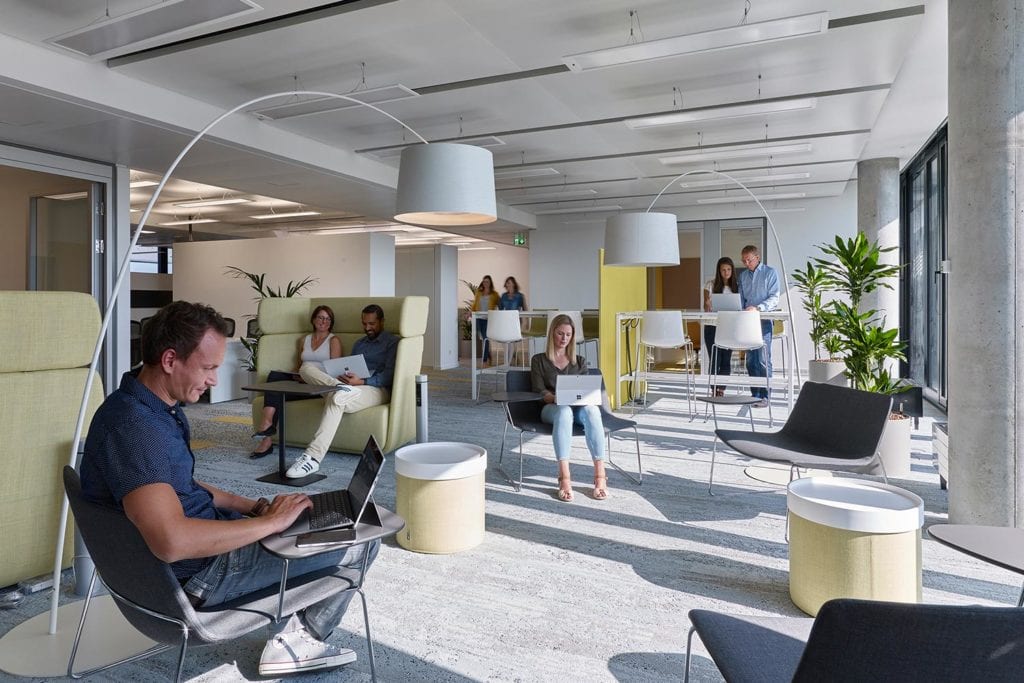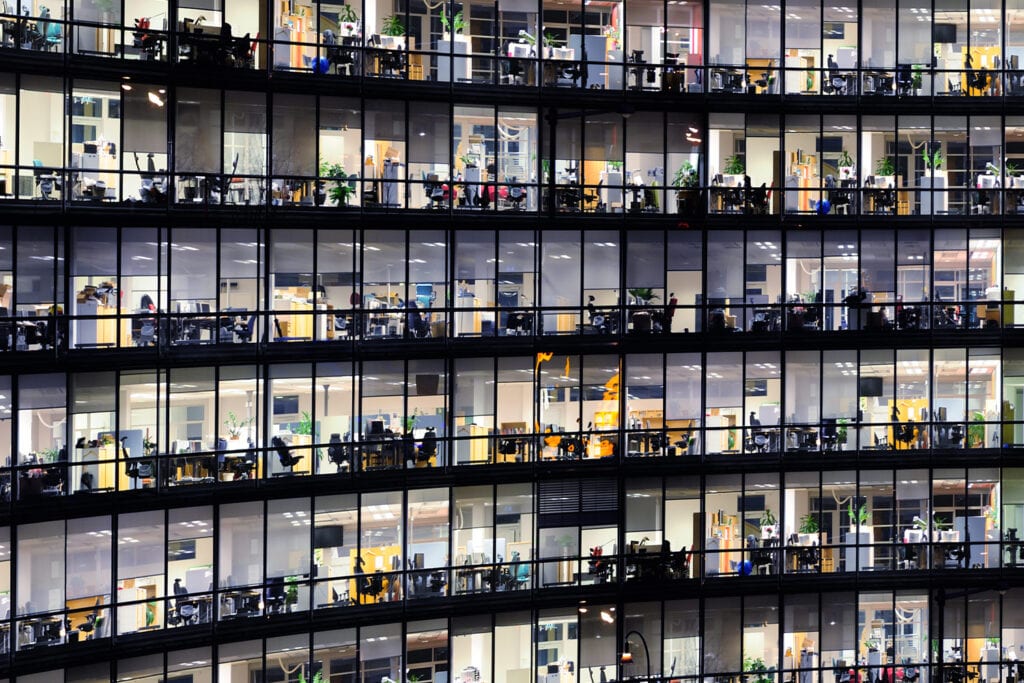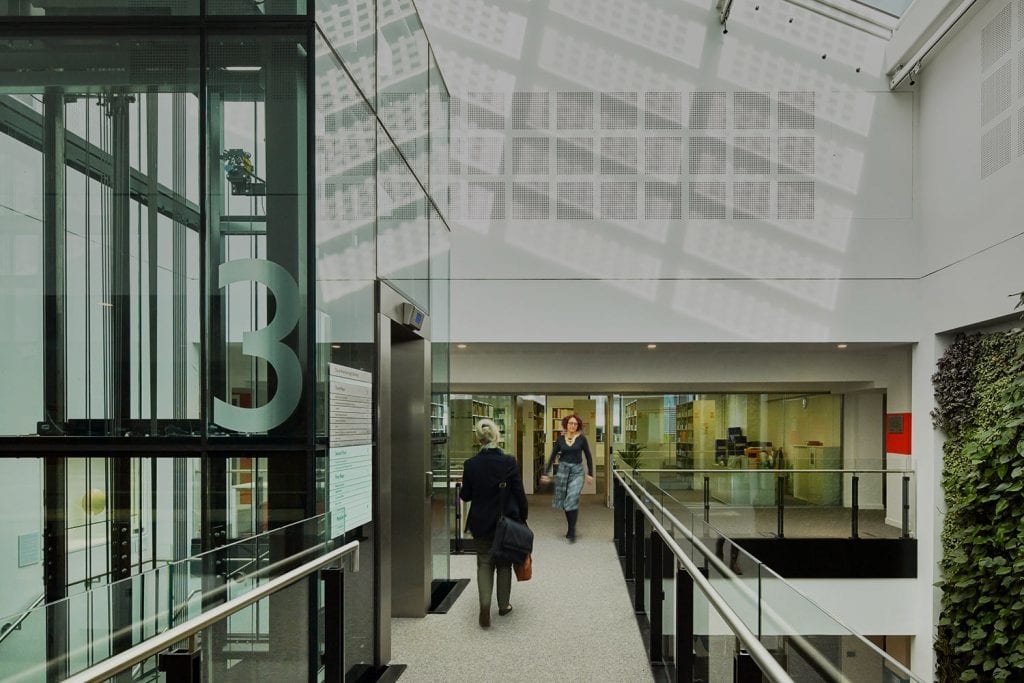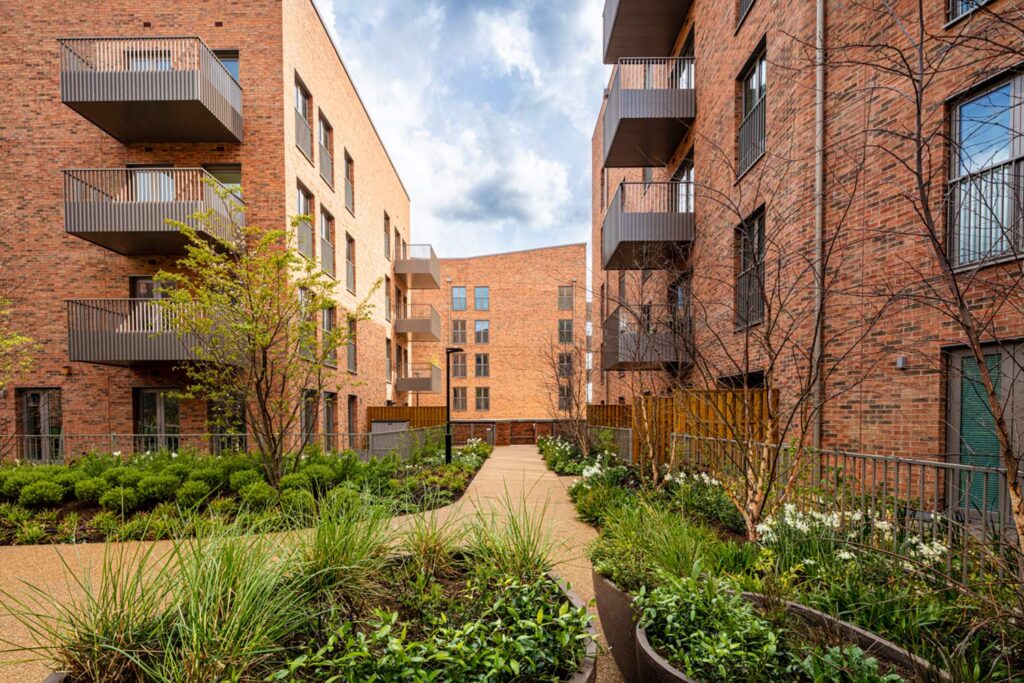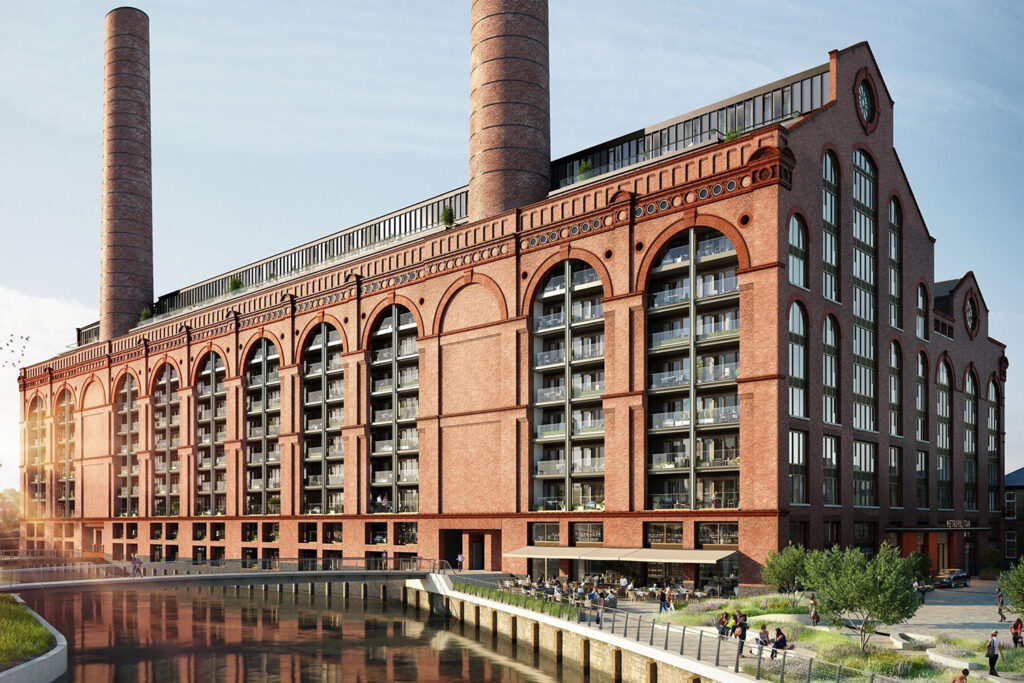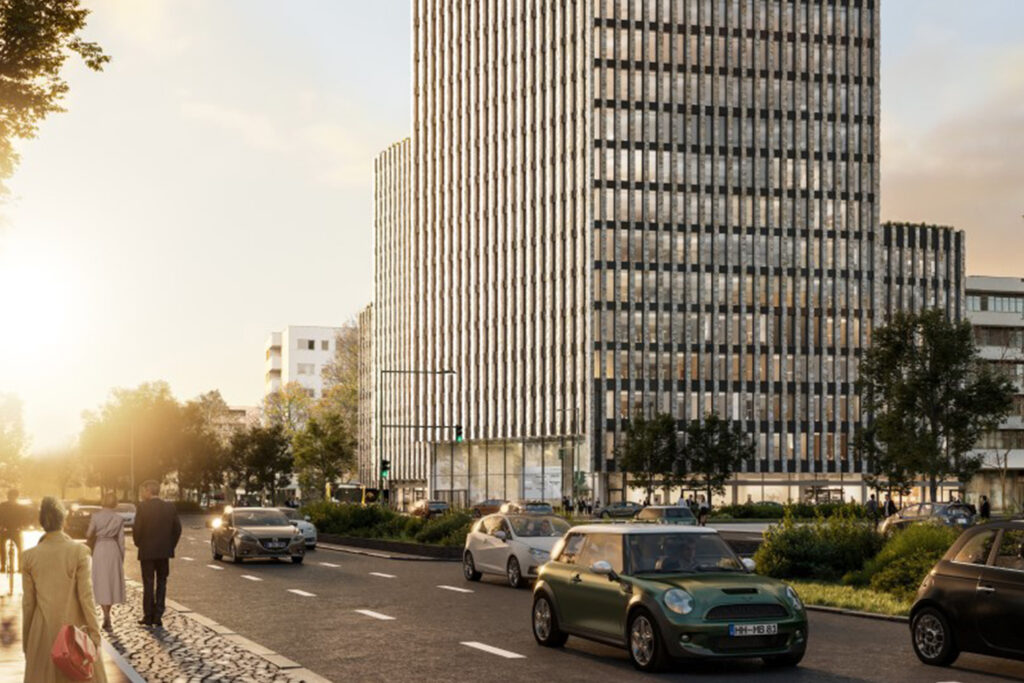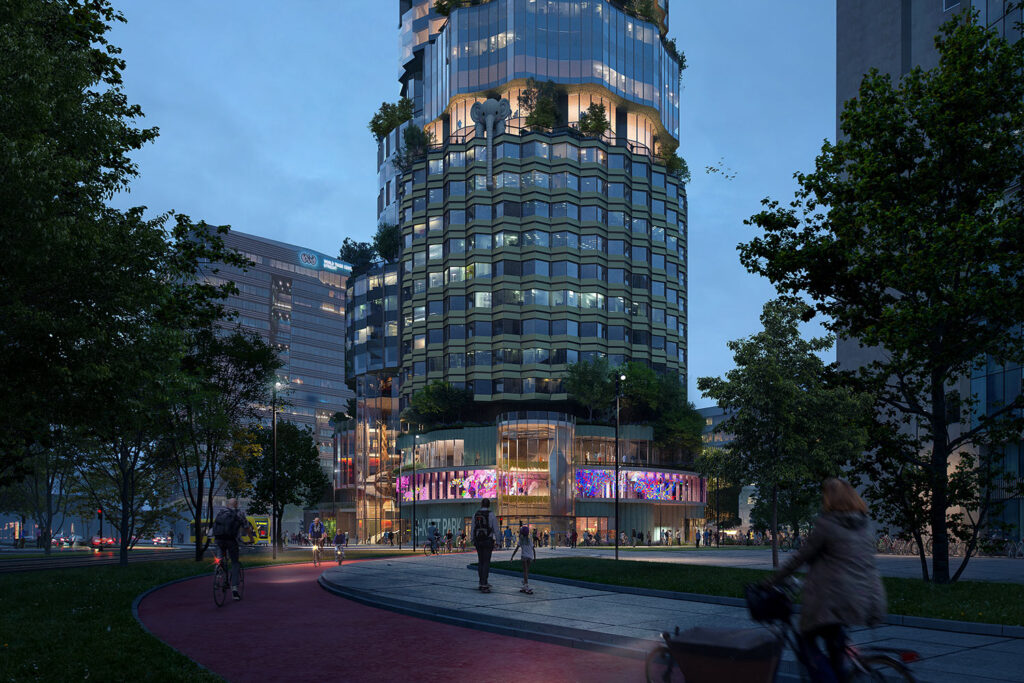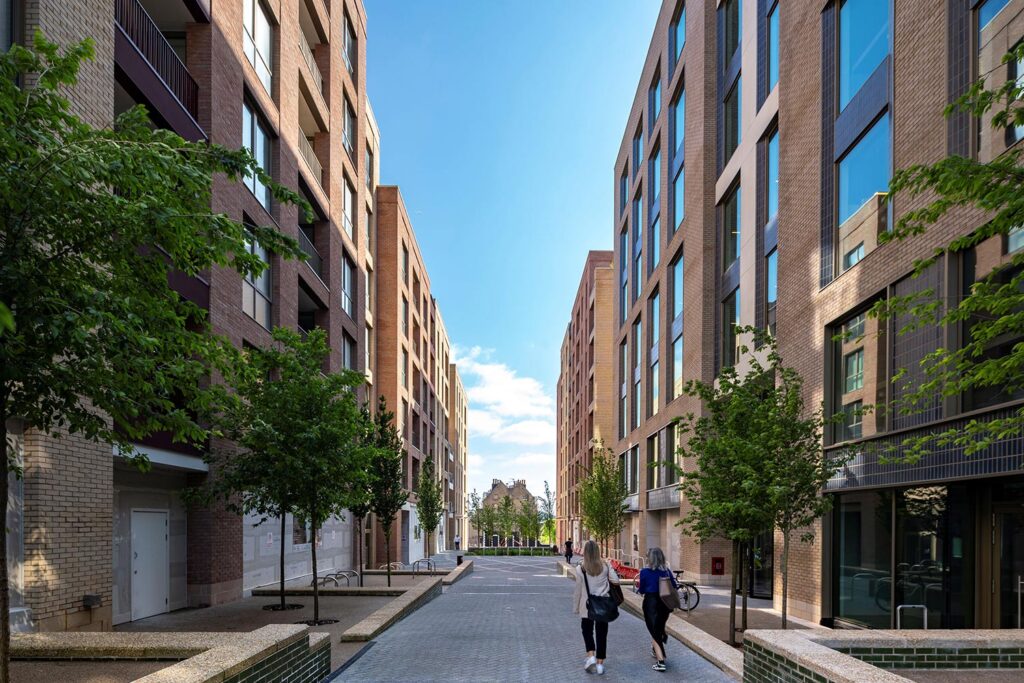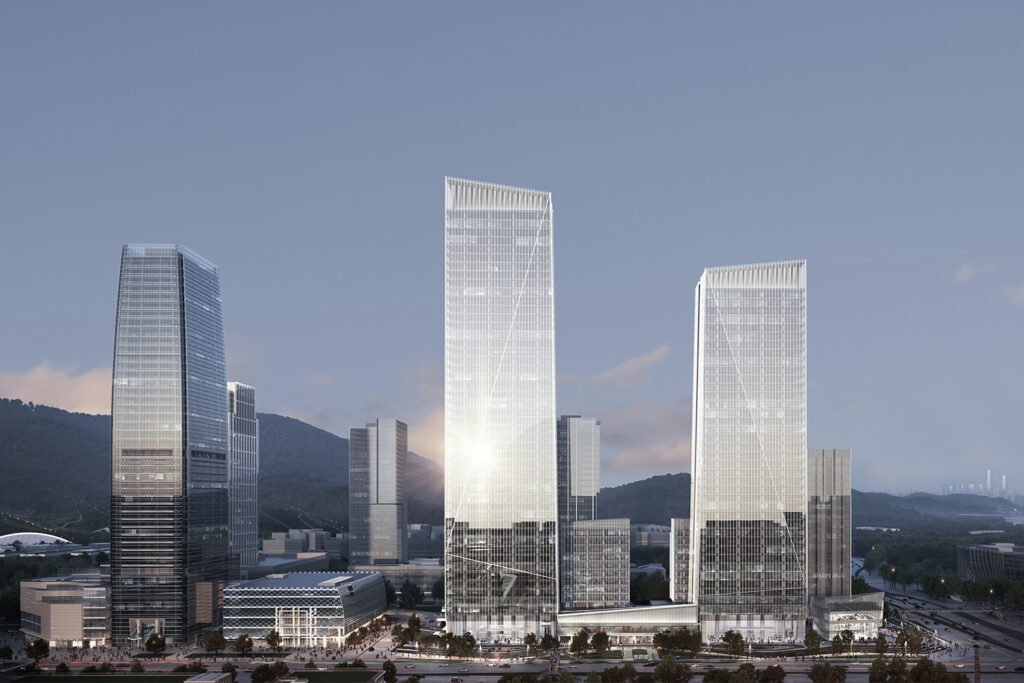Defining home office typologies and a toolkit for a post-pandemic era
As coronavirus looks likely to create a permanent shift in how millions of office workers divide their time, MEP engineer Duncan Bell explores a recent competition set by the British Council for Offices (BCO) to imagine the post-pandemic workplace.
Tasked with imagining the post-pandemic workplace, Buro Happold joined forces with HLW and Turner & Townsend to develop a response. Our aim was to create a clearer definition of the potential forms the post-pandemic workplace could take and what was needed for them to be efficient. Now shortlisted for the finals of the BCO NEXTGEN 2020 competition, I wanted to share our submission and the ideas we developed.
As anyone and their dog will tell you, the big change has been an almost overnight shift to working from home. And most of us will likely remain to do so in some form or another post-vaccine. With this in mind, we focused on creating and defining:
- A ‘Home Office Toolkit’
- Three home office typologies
For both ideas you’ll find something woolly online giving notions of ‘what you might want’ but very little guidance on what defined parameters people should design towards or aspire to. Our work hopes to change this.
The Home Office Toolkit
If we are all expected to work effectively from home companies must step up to make our home office environment as effective as the pre-pandemic office. Our solution for this is a defined toolkit of office furniture, electrical appliances and internet infrastructure, designed to meet agreed benchmarks. It’s important to us that this toolkit is designed to provide equity among home workers, not just equality.
Home office typologies
Our work lead us to define three home office typologies, all of which share four key elements:
1. Fuel – routine starter to prepare for the day ahead
2. Focus – concentration space for focused work
3. Break – chance to pause for lunch or gain a fresh perspective
4. Collaborate – space for discussions with teammates.
Typology 1: The Flexible Space
Not every home has space for a physically separate workplace (my desk is less than one metre from my bed). The flexible workspace exists within a room that has some other purpose like a bedroom or living room.
In our ideal set up this space has ways of letting you change the purpose of the space or achieve separation of uses through ‘kinetic’ furniture or clever use of space and dividers.

Typology 2: The Dedicated Space
Simply enough, this is a separate room that can be used solely as a home office. This could be a space with defined physical requirements to make it a suitable work environment.

Typology 3: The Work Lab
We believe in new residential developments or refurbishments there should be consideration for a Work Lab shared amongst the residents.
The thrust of the space being that residents can work from home but in a space outside of their immediate flat, hopefully improving their ability to separate life and work.

We believe in new residential developments or refurbishments there should be consideration for a Work Lab shared amongst the residents. The thrust of the space being that residents can work from home but in a space outside of their immediate flat, hopefully improving their ability to separate life and work.
All of us work from home in either the Flexible or Dedicated space whether we realise it or not, but the Work Lab is something that hasn’t been explored yet in residential developments.
What are your thoughts on this? Should we start designing homes with the assumption somebody will be working in them?
All images reproduced with permission from Buro Happold, Turner & Townsend and HLW.

